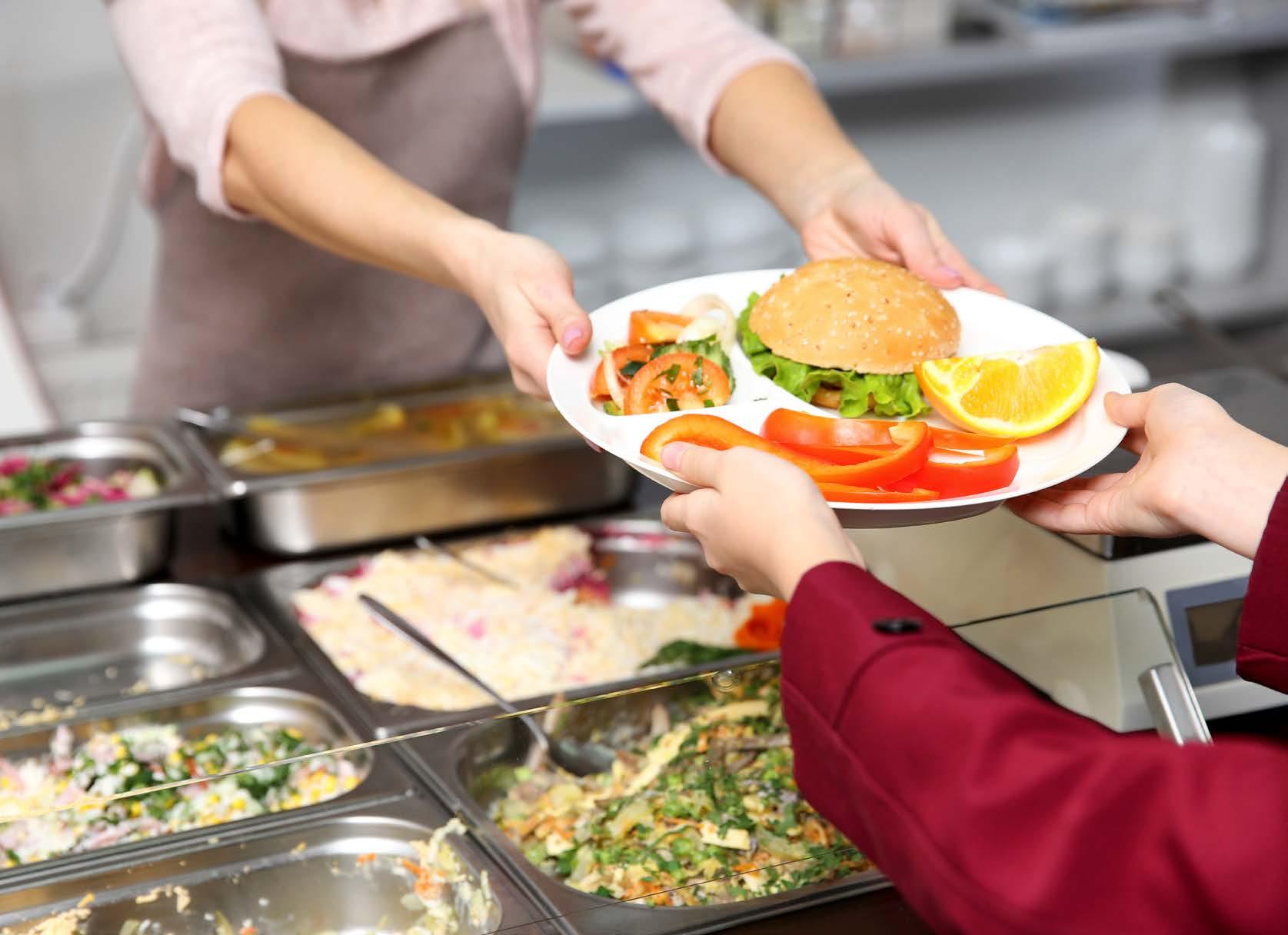
2 minute read
Serving up school food buying efficiencies
Purchasing for school catering is never an easy task. Under pressure to feed hungry mouths a range of nutritionally-balanced meals on a daily basis, while at the same time accommodating government standards and compliance with food safety guidelines, there’s a lot to consider when planning menus for a new term and placing orders with the supply chain. And then of course, there’s the small matter of trying to meet all the above criteria on tighter than ever budgets. Many schools benefit already from the bulk buying efficiencies of collaborative procurement. This approach sees many academy trust procurement teams looking after the catering needs of a number of schools and tasked with menu planning and ordering for two or more thousands of children per day. Sustainability is also becoming increasingly important to schools, and catering teams are being asked for locally sourced produce from suppliers who use minimal packaging to deliver their produce. Working within strict budgetary guidelines and under pressure to meet nutrition, sustainability and other government standards, it’s essential that school food buyers have the right ingredients in place for quick, cost effective procurement.
Here are my top three suggestions for easing school food buying challenges:
Advertisement
1. Simplifying ordering processes
Schools need quick and efficient ordering processes. However, having to place orders with a variety of suppliers who meet cost, sustainability, dietary and government standard criteria can be a tricky process to manage. To do this, schools need fast access to this supplier information and certifications to prove that they are compliant. The quickest and most effective way to place orders with suppliers that meet your criteria is via an electronic purchasing system that is integrated with the food supply chain’s ordering channels. Schools can choose to place orders with specific suppliers that meet their criteria; orders are quick and immediate; and a clear and detailed record of what’s ordered can be maintained.
2. Make budgeting and menu planning easy
Menu planning and ingredient costing software tools can help caterers to budget more effectively by giving them immediate access to an up-to-date view of all food purchasing activity and allowing them to cost and plan menus in advance of placing an order. And as these tools can be integrated into an electronic procurement system it enables food buyers to effectively manage all purchases and payments for the new menus aswell as plan for budgets in advance.+
3. Pre-agree school food pricing with suppliers
Lots of different factors can have an impact on the cost of food including bad weather, exchange rate volatility, inflation or a poor harvest forcing suppliers to increase their costs. However, it is possible for school food buyers to pre-agree prices for key ingredients and produce in advance with key suppliers. Pre-agreed pricing structures, together with any current supplier discounts and promotions, can be automatically applied within today’s food and drink purchasing systems, as well as terms and processes for emergency last minute ordering. To make procurement efficiencies and ensure catering needs are effectively met, it could be time to review all your school food buying processes and systems in order to secure better buying outcomes. After all, school catering teams are busy enough, so alleviating ordering and stock control pressures leaves them free to do what they do best –serving up healthy, nutritious meals that meet cost, nutritional and sustainable agendas. For more information on school food buying and other budgeting advice, see Wax Digital










